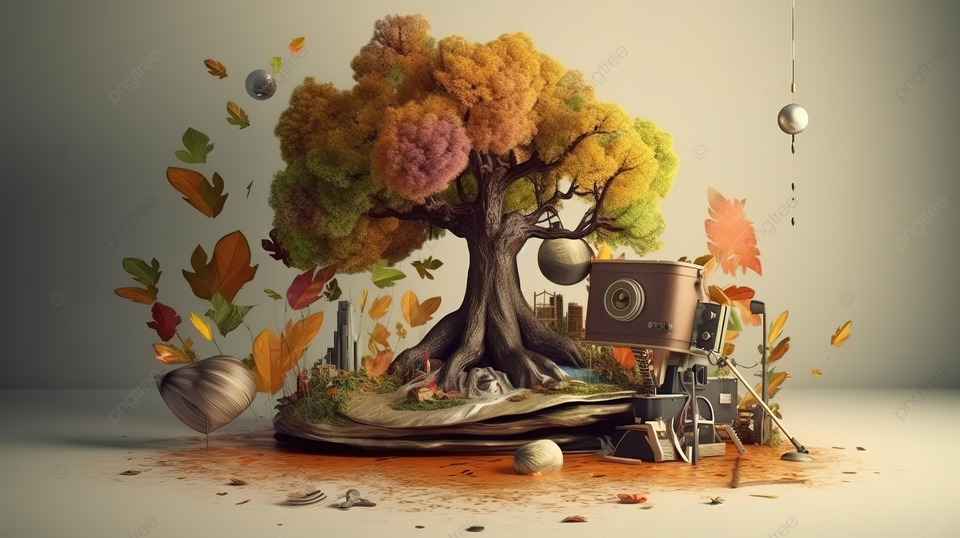The Essence of Conceptual Painting: A Journey into the World of Abstract Ideas
 Posted On
Posted On
Conceptual painting, often referred to as conceptual art, is a unique and captivating form of artistic expression that challenges traditional notions of aesthetics and representation. Rooted in the concept-driven art movement of the 1960s, conceptual painting transcends the boundaries of conventional techniques and materials. It invites viewers to engage with abstract ideas, emotions, and intellectual concepts rather than visual realism. In this article, we will delve into the fascinating world of conceptual painting, exploring its history, principles, and the artists who have embraced this form of artistic expression.
A Brief History
Conceptual art emerged as a reaction to the dominant art movements of the mid-20th century, such as Abstract Expressionism and Pop Art. It gained prominence in the 1960s and 1970s as artists sought to break away from the constraints of traditional artistic conventions. Instead of focusing on the physical object created, conceptual art placed primary importance on the idea or concept behind the work. This marked a significant shift from the traditional emphasis on craftsmanship and aesthetics.
Principles of Conceptual Painting
Idea-Centric: At the core of conceptual painting is the idea or concept that the artist wishes to convey. The artwork is a vehicle for the artist’s thoughts, feelings, or commentary on various topics, from politics to philosophy.
Minimalist Aesthetics: Many conceptual paintings are characterized by a minimalist or even austere aesthetic. This is because the emphasis is placed on the idea, often leading to a reduction in visual elements.
Varied Mediums: Conceptual artists are not confined to a single medium. They may use traditional painting materials, but they can also employ unconventional mediums, such as language, performance, or even everyday objects.
Emphasis on Language: Language plays a significant role in conceptual art, whether as the title of a piece, accompanying text, or the art itself. Words can be used to clarify or obscure the meaning, depending on the artist’s intent.
Viewer Engagement: Conceptual art often requires viewers to actively engage with the work, contemplating the idea and its implications. The artwork becomes a conversation starter, encouraging viewers to think critically and ask questions.
Notable Conceptual Artists
Marcel Duchamp: Duchamp’s “Fountain,” a urinal signed with the pseudonym R. Mutt, is a seminal work in the history of conceptual art. This piece challenged the very definition of art and inspired future generations of conceptual artists.
Sol LeWitt: LeWitt was known for his geometric wall drawings and his belief in the idea being more important than the execution. He provided instructions for his works to be created, emphasizing the concept over the physical act of creation.
Jenny Holzer: Holzer combines text and light to create thought-provoking installations. Her work often addresses political and social issues, prompting viewers to question the messages presented.
Yoko Ono: Ono’s conceptual art often blurs the lines between art and life. Her “Cut Piece” performance, in which audience members cut away her clothing, challenges ideas of vulnerability and trust.
Conceptual painting, with its emphasis on ideas and concepts, has reshaped the art world and continues to challenge our understanding of what art can be. It encourages us to think critically, engage with abstract ideas, and explore the intersection of language and visual expression. Conceptual art’s enduring influence on contemporary art reminds us that art can be as much about the mind as it is about the eye, inviting us to ponder the profound questions it raises about the nature of creativity and human expression.



